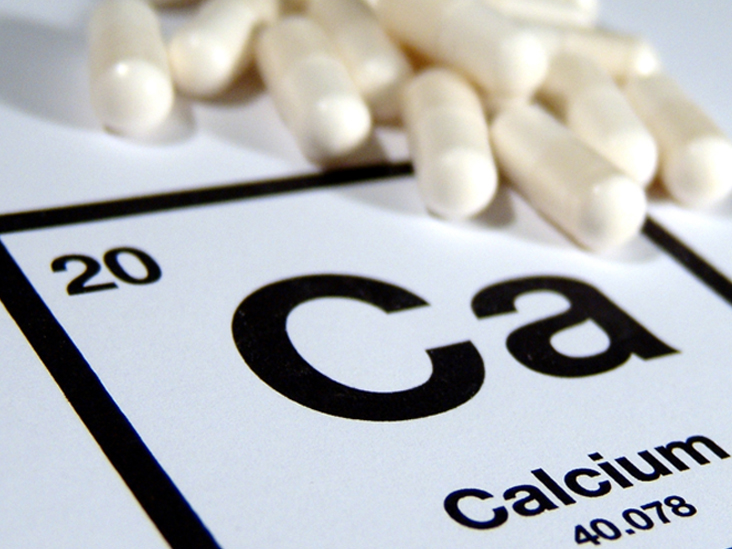Forget scarfing down the supplements and guzzling extra glasses of milk: Follow these tips to keep your skeleton strong instead.
- Eating a calcium-rich diet is good for your overall health, but consuming high levels of calcium in your later years does not protect against thinning bones.
- A six-year analysis of nearly 700 older women published in the Journal of Clinical Endocrinology & Metabolism found no difference in bone loss among those getting the highest and the lowest amounts of dietary calcium.
- To protect your bones, adopt a strong-skeleton lifestyle, including weight-bearing exercise, adequate sun exposure, and maintaining a healthy weight.

More than 99 percent of your body’s calcium is stored in your bones. Dairy products like milk and cheese, as well as dark leafy greens, and of course, calcium supplements are rich sources of this bone-building mineral.
So for decades, the message has been simple: Get more calcium—the Institute of Medicine recommends 1,000 to 1,200 milligrams (mg) a day for adults—to protect your bones, especially as you get older when bones naturally start to thin.
Except it isn’t that simple. Though getting low amounts of calcium throughout your life can increase your risk for osteoporosis in older adulthood, getting high levels of the mineral in later life doesn’t appear to prevent bone loss.
In a recent study published in the Journal of Clinical Endocrinology & Metabolism investigating the impact of dietary calcium on bone mineral density, researchers studied nearly 700 postmenopausal women with thinning, but not osteoporotic, bones. The scientists measured the women’s bone mineral density (BMD) and calcium intake over a period of six years.
The women’s calcium intake was consistent over the study period and ranged from an average of 469 mg in the group getting the lowest daily amounts of calcium to 1,361 mg among the women with the highest average intake.
Despite the wide range in calcium intake, their BMD was remarkably similar from start to finish of the study period. The gradual decline in bone density was virtually identical among all the women in the study regardless of how much or how little dietary calcium they got each day.
There was also no difference in fracture rates among the women—those getting more than the recommended daily amount broke bones at the same rate as those getting well below the recommended amounts.
[Run faster, stronger, and longer with this 360-degree training program.]
Though this study was conducted on older women, study author Ian Reid, M.D., says the results also apply to men.
“We have done a very similar study in men which also showed no association between calcium intake and bone loss,” Reid, who is a professor of medicine and endocrinology at the University of Auckland in New Zealand told Bicycling.

The study also echoes findings on calcium intake and fractures across genders. Notably, one analysis of dozens of studies including men and women concluded that getting high amounts of calcium did not reduce fracture risk in older adults.
What’s a runner who is concerned about bone density slipping away with age to do?
A healthy diet still matters—and dietary calcium (meaning food, not supplements) is good for your heart. So continue consuming calcium-rich foods like yogurt and canned fatty fish. And be sure to get adequate vitamin D (600 to 800 IUs a day) through sun exposure and foods like eggs and fortified milk.
Adopting a strong-skeleton lifestyle is key, Reid says.
“The lifestyle influences that matter for bone health are maintenance of a healthy weight through a balanced diet, adequate sunshine exposure, not smoking and not having too much alcohol, together with an active but safe lifestyle,” Reid says.
Maintaining a healthy body weight is particularly important for bone health at every age, Reid says. Research shows that being both overweight and underweight can increase your risk for low BMD.
Finally, make time for strength training year-round. Strength training and impact exercises like plyometrics stress your bones to promote growth. Hit the weights at least twice a week.
A true love for sports


Recent Comments